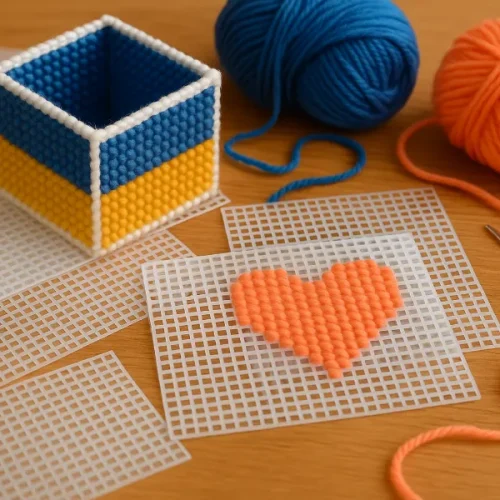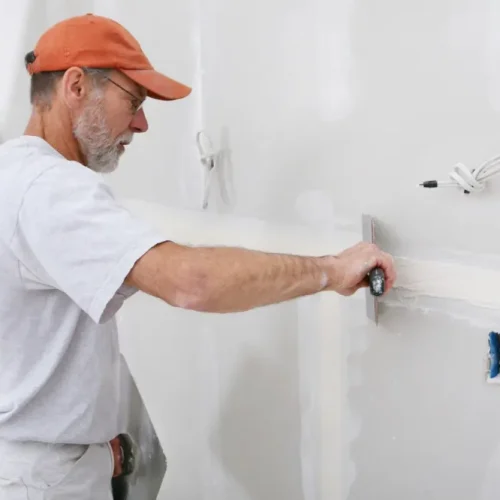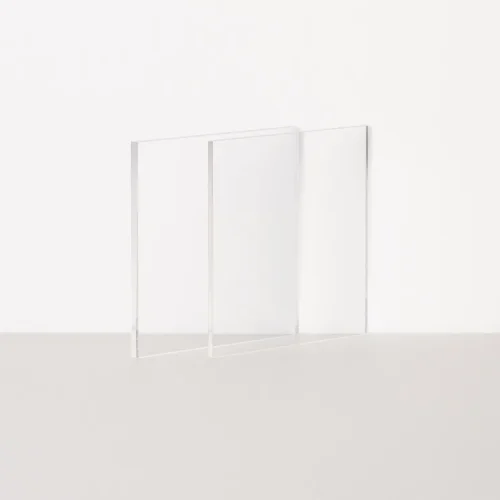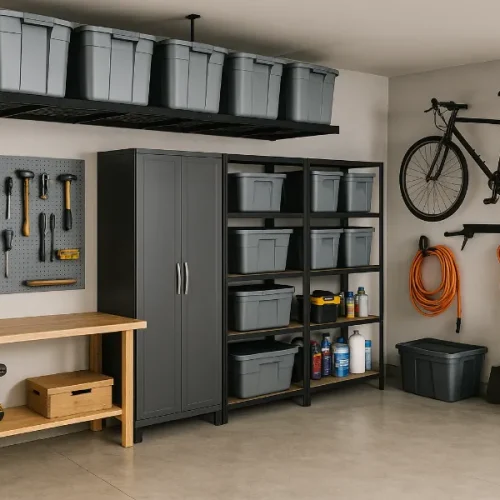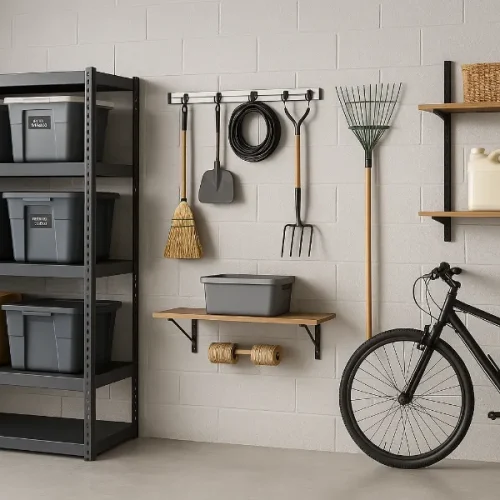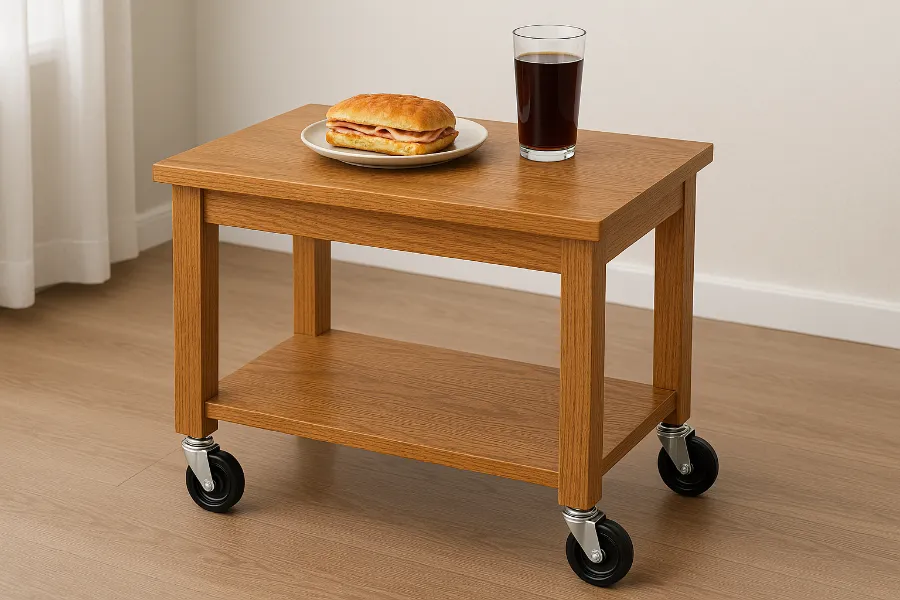
If you’ve ever tried moving a heavy dining table, workbench, or craft station across the room, you know the struggle. Scraping noises, scuffed floors, and awkward shuffling can turn a simple task into a mini workout. That’s where wheels for table legs come in. Adding the right set of casters can transform your static furniture into a versatile, mobile piece that’s both practical and stylish. Whether you’re revamping your home office, upgrading a kitchen island, or building a DIY project, the right wheels can make all the difference.
Why Wheels for Table Legs Are Game-Changing
Adding wheels isn’t just about convenience. It’s about flexibility. Imagine rolling your dining table out of the way for a big gathering, or repositioning a craft table in seconds when you need more space. Wheels also reduce wear and tear on your floors, especially if you choose non-marking materials like rubber or polyurethane. Plus, they add a subtle industrial aesthetic that can fit seamlessly into modern or rustic interiors.
Types of Wheels for Tables
Not all wheels are created equal. Choosing the right type is key:
Swivel Casters
These rotate 360 degrees, making it easy to maneuver your table in tight spaces. Perfect for small kitchens, offices, and multipurpose rooms.
Fixed Casters
Roll forward and backward only. They’re stable and ideal for larger, heavier tables that don’t require frequent repositioning.
Locking Casters
Want mobility with security? Locking casters allow you to roll your table when needed, then lock it firmly in place. Great for kitchen islands, rolling workbenches, and dining tables.
Material Options
- Rubber – Quiet, floor-friendly, great for hardwood or tile.
- Polyurethane – Durable, smooth-rolling, resistant to wear.
- Nylon – Lightweight and cost-effective, best for carpets.
- Plastic – Budget-friendly but less durable.
How to Select the Right Casters
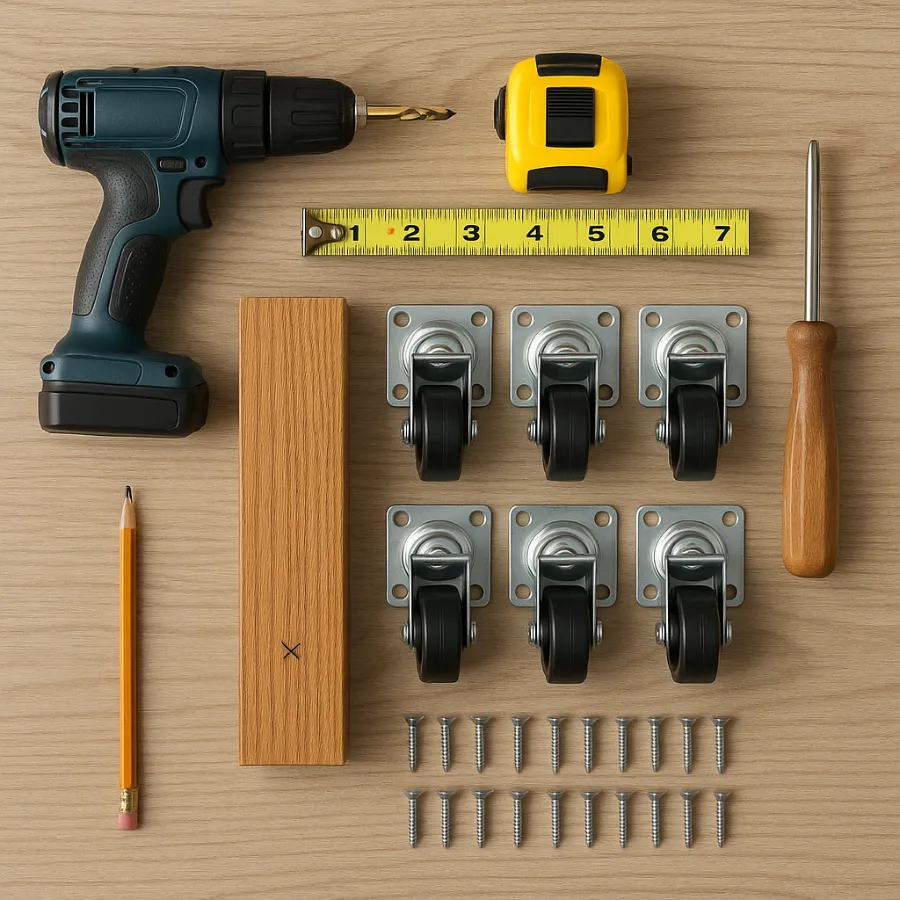
When shopping for wheels for table legs, consider these factors:
- Weight Rating: Always check the maximum load capacity. A set of four casters should support at least 25–30% more than your table’s total weight.
- Floor Type: Hardwood? Go for soft rubber. Concrete garage floor? Hard polyurethane works better.
- Leg Design: Some legs work best with plate-mounted casters, while others need stem casters.
- Standards: For commercial or institutional furniture, consider ADA or LEED-compliant casters for safety and sustainability.
Benefits of Adding Casters
- Mobility: Rearrange furniture with ease.
- Functionality: Turn any static table into a multipurpose workstation.
- Durability: High-quality casters extend furniture life.
- Load Capacity: Heavy-duty wheels can hold hundreds of pounds without strain.
DIY Installation Guide
Attaching wheels for table legs is a straightforward project with big payoffs.
Tools Needed
- Drill
- Screws (provided with casters or self-purchased)
- Screwdriver
- Measuring tape
- Pencil
Step-by-Step
- Measure & Mark – Decide where the wheels will go. Mark the drill points.
- Drill Pilot Holes – Prevent wood from splitting.
- Attach Casters – Secure each caster plate or stem to the table legs.
- Test Movement – Gently roll the table and check for stability.
- Lock & Secure – If using locking casters, test the brakes.
Creative Applications
Wheels can breathe new life into everyday furniture:
- Mobile Kitchen Island – Slide it aside for gatherings or roll it closer while cooking.
- Home Office Desk – Rearrange quickly for video calls or shared workspaces.
- Dining Setup – Extend your dining area effortlessly during parties.
- Craft & Hobby Tables – Move to the best light or tuck away when not in use.
Maintenance & Floor Care
Keep your table wheels in top condition:
- Clean casters regularly to remove hair, dust, and debris.
- Tighten screws and bolts every few months.
- For delicate floors, add felt pads or choose non-marking wheels.
Recommended Products & Brands
Some top-rated options include:
- Houseables Casters – Known for smooth rolling and durability.
- Shepherd Hardware – Wide variety of floor-safe wheels.
- Service Caster – Heavy-duty options for workbenches.
- Dorman – Reliable casters for industrial-style furniture.
FAQ
What size wheels should I get?
Most tables work best with 2–3 inch wheels. Heavy-duty tables may need 4 inches or more.
Will wheels damage my floor?
Not if you choose rubber or polyurethane casters. Avoid hard plastic on hardwood.
Can I retrofit any table with wheels?
Yes, as long as the legs are sturdy enough to handle the added hardware.
Are wheels safe for dining tables?
Yes—just use locking casters so the table stays put during meals.
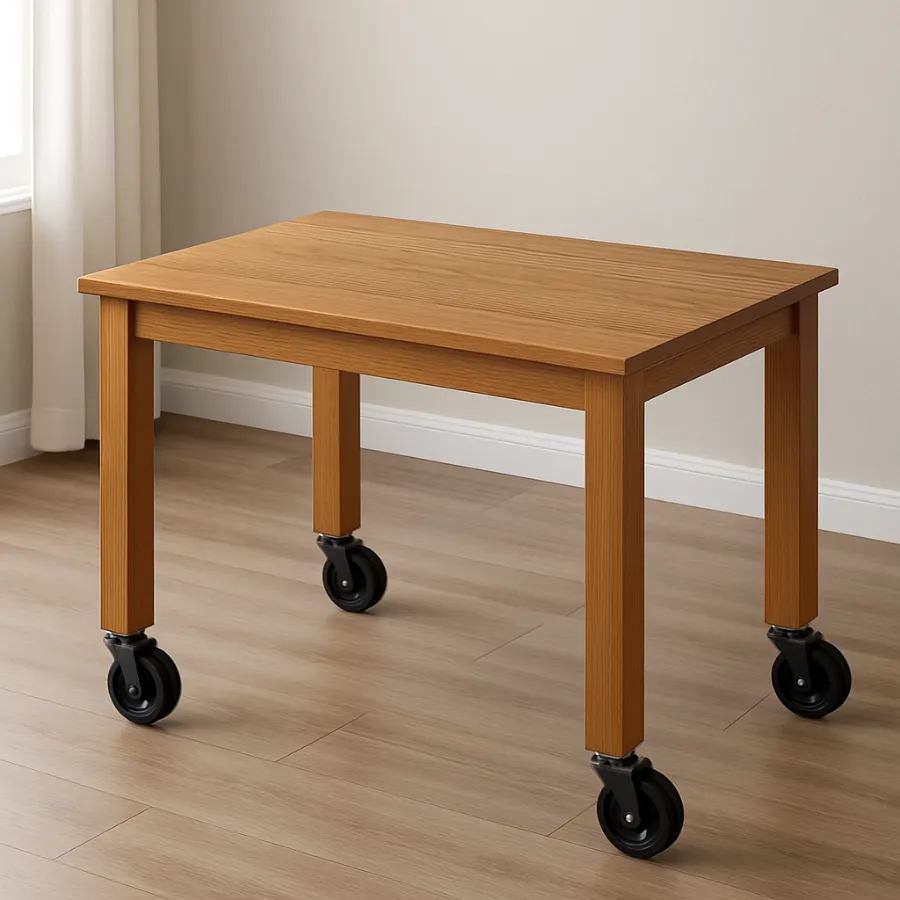
Pro Tips Before You Roll
- Always test the table’s stability after installation.
- Match wheel finishes to your décor for a cohesive look.
- If your table wobbles, add caster shims or reinforcements.
Conclusion
Adding wheels for table legs is one of the easiest upgrades you can make to your furniture. It’s practical, stylish, and gives your space the flexibility to adapt to your needs. Whether you’re a DIYer, a home chef, or someone who just loves rearranging furniture, casters are a small change with a big impact.


